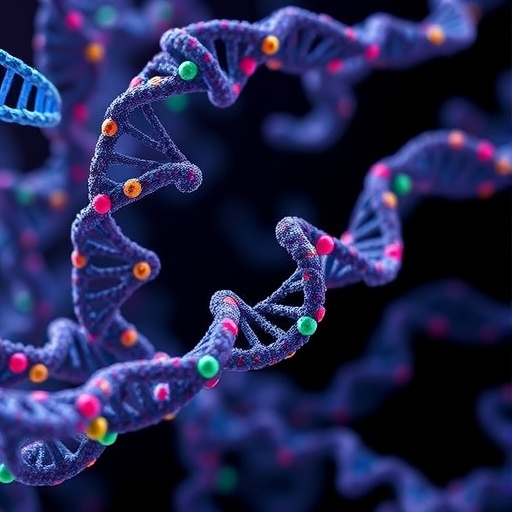Washington, DC – May 8, 2018 – A Plasmodium vivax infection is like an iceberg: It's dangerous, in part, because much of it hides out of view. A new study published this week in mBio shows how researchers are revealing more of this parasite's biology.
P. vivax is the malaria parasite responsible for the vast majority of infections outside sub-Saharan Africa. In the mBio study, an international team of researchers report that the parasite doesn't only circulate in the blood; it also takes up residence in the bone marrow. Their analysis of P. vivax infections in people and non-human primates reveals bone marrow as an important — and previously unstudied — reservoir for parasite replication and transmission. People with infections who show no signs or symptoms may host undetected parasites in their marrow, the authors conclude, and the findings may help explain why many P. vivax infections go undetected.
"People with infections who are not sick are transmitting the disease before they have symptoms," says veterinarian Nicanor Obaldia III, who co-led the study with parasitologist Elamaran Meibalan, both at the Harvard T.H. Chan School of Public Health in Boston, Massachusetts. They and their collaborators showed that P. vivax gametocytes, cells that are essential for transmission, mature rapidly in the bone marrow and can be transmitted to mosquitoes before the onset of illness.
P. vivax was once considered a 'benign' malaria because it's often asymptomatic, it's characterized by low numbers of detectable parasites in the blood, and it's less lethal than its parasite cousin, P. falciparum, which causes 90 percent of malaria deaths worldwide. But P. vivax can cause severe and even fatal symptoms, and more than a third of the world's population is at risk. Tens of millions of people are infected annually, and the parasite poses a significant health care burden in many regions including Southeast Asia and South America.
In the bone marrow, the parasite may remain undetectable by blood tests, and as a result, public health workers may not be able to accurately estimate the parasite burden, says senior author Matthias Marti, at the Harvard T.H. Chan School of Public Health and at the University of Glasgow. "If there is a large reservoir in the bone marrow in the absence of detectable parasites in the blood, then you may underestimate the number of people that are able to transmit the disease," he says.
To find the hidden reservoir, the researchers first analyzed the transcriptome of P. vivax to identify blood-borne proteins that correspond to different stages of the life cycle of the parasite. Then, they analyzed blood samples from infected patients for the presence of these biomarkers. Those data showed that a significant fraction of P. vivax life stages were underrepresented in the blood, which suggested these stages can accumulate in some tissues in the body.
"We suspected there was a parasite reservoir somewhere in the body, and nobody had found it yet," says Marti. But the bone marrow was suspect since P. vivax tends to attack young red blood cells that are formed in bone marrow tissue.
The team studied tissues from 13 infected non-human primate autopsies, including bone marrow, lung, liver, brain, intestine, and subcutaneous fat. They found few or no parasites in the latter three, but in the liver, bone marrow and lung they found antibodies against all stages of the parasite, including those depleted in the blood. Further studies found parasites in the liver and bone marrow outside of blood vessels, and the researchers estimate that parasites in those two tissues comprised 30 percent of the total parasite burden in the animals, in particular gametocytes.
The new study reflects a growing interest in the tropical disease community to understand P. vivax. The researchers have now begun studying the pathogenesis of infection in the bone marrow and learn more about the biology of the parasite. In addition, Marti says the biomarkers used by the team to find the hidden reservoir could inform a new generation of diagnostic tools that can finger parasites that would otherwise go undetected — and help public health officials get a better estimate of the disease burden.
With such tools, "we may be able to detect parasites in the marrow," Marti says. "The study opens up a new area of investigation."
###
The American Society for Microbiology is the largest single life science society, composed of more than 30,000 scientists and health professionals. ASM's mission is to promote and advance the microbial sciences.
ASM advances the microbial sciences through conferences, publications, certifications and educational opportunities. It enhances laboratory capacity around the globe through training and resources. It provides a network for scientists in academia, industry and clinical settings. Additionally, ASM promotes a deeper understanding of the microbial sciences to diverse audiences.
Media Contact
Aleea Khan
[email protected]
202-942-9365
@ASMnewsroom
http://www.asm.org




